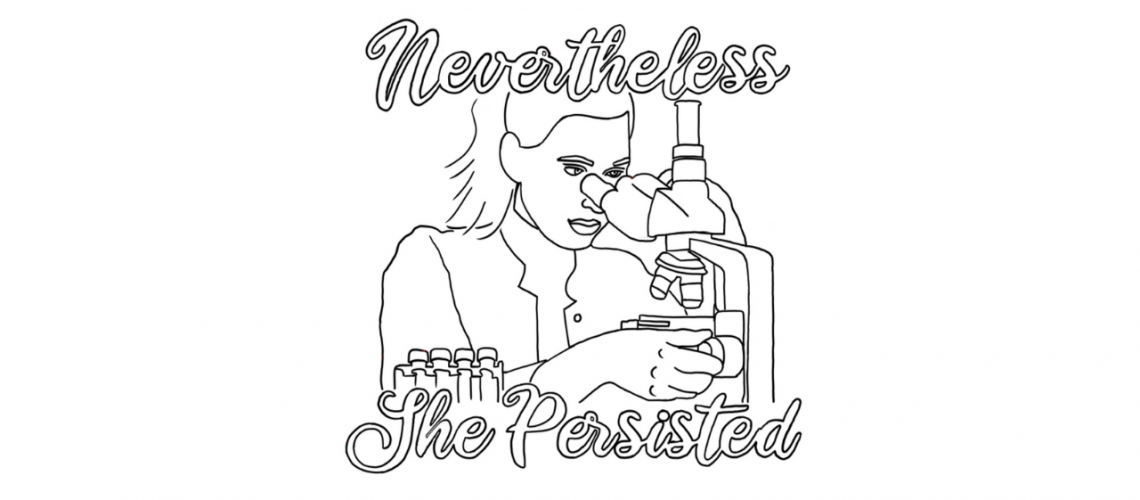This article is being rerun with permission. It originally appeared in the Houston Chronicle on July 25, 2017.
By Lydia DePillis, Economics Reporter, @lydiadepillis
Industry gender gaps
The tech industry gets a lot of attention these days for being unfriendly to women. Sexual harassment is seemingly rampant and the small share of women in computer science is declining.
But, the oil and gas industry also has a serious - and perhaps even worse - gender gap. Women make up only 14.5 percent of the workforce in the industry, according to the Labor Department. That is compared with 25.5 percent of computer and mathematical occupations and 47 percent of the workforce overall.
Remedying gender gaps
The reasons those gender divides exist are different across the two industries. But the remedies, according to a comprehensive study by the consulting firm BCG, are similar: Upper management needs to be dead serious about the problem and convey it's a priority to people doing the hiring.
"It's not going to work its way out," said Andrea Ostby, the head of BCG's Houston office. "Just talking about it is not going to fix the problem. What I think we haven't seen across the board is that rigor and focus."
The study, which was conducted in conjunction with the World Petroleum Congress, found that the already-small proportion of women in oil and gas worldwide are concentrated in non-technical, non-supervisory positions. That's important, because being promoted through the ranks usually requires field experience, ideally in engineering or operations. And many companies still consider separate facilities for women on well sites a "discretionary expense."
BCG's surveys and interviews also indicate that women and men see obstacles to advancement differently. For example, women identified a lack of support and recognition as viable candidates as reasons why they didn't reach upper levels of management. The top reasons for men: There aren't enough women to choose from, and women tend to be less flexible than men.
"It indicates that the workforce doesn't even really see that there's an issue," Ostby said.
The urgency is real
But it's likely to become a bigger problem, as much of the industry's workforce approaches retirement. Even today, companies are scrambling to find workers for active drilling areas like the Permian Basin in West Texas and are still drawing on mostly men.
The Texas Oil and Gas Association, which represents many oil production and services companies in Texas, declined to comment.
Katie Mehnert who runs Pink Petro, an organization for women in oil and gas, said the way to move the needle is to convey that female representation is a priority. Companies must set baselines for recruiting and evaluating women based on whether they meet their goals.
But, studies show, Americans tend to react negatively to anything seen as a quota. While Europeans respond well to gender ratios, according to forthcoming research from BCG, Americans see them undermining merit-based hiring.
Ostby said that to get rid of this stigma, companies must set goals that are enforced on a case-by-case basis.
"You don't have to use them in a quota-esque way," she said. "But what you can say is, 'Hey, Mr. Male Manager, you haven't promoted any females in the last five years, why is that? What are you going to do to address that?"



